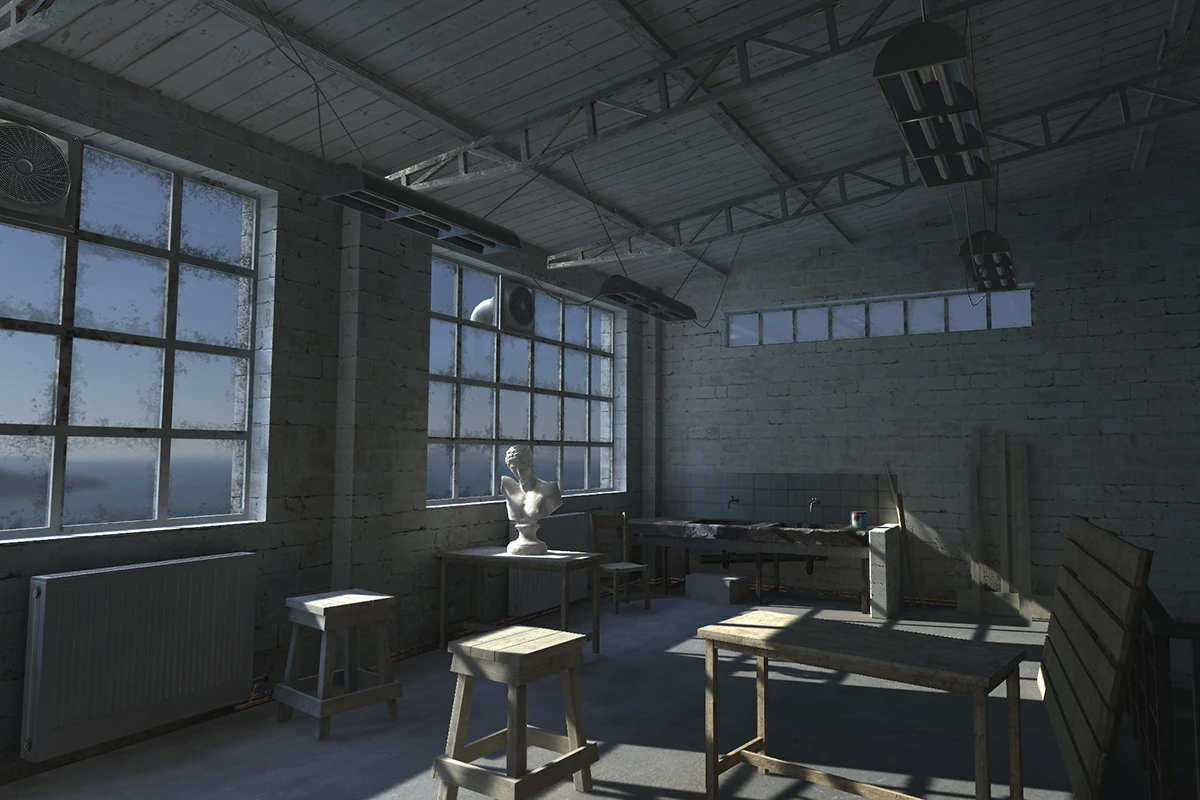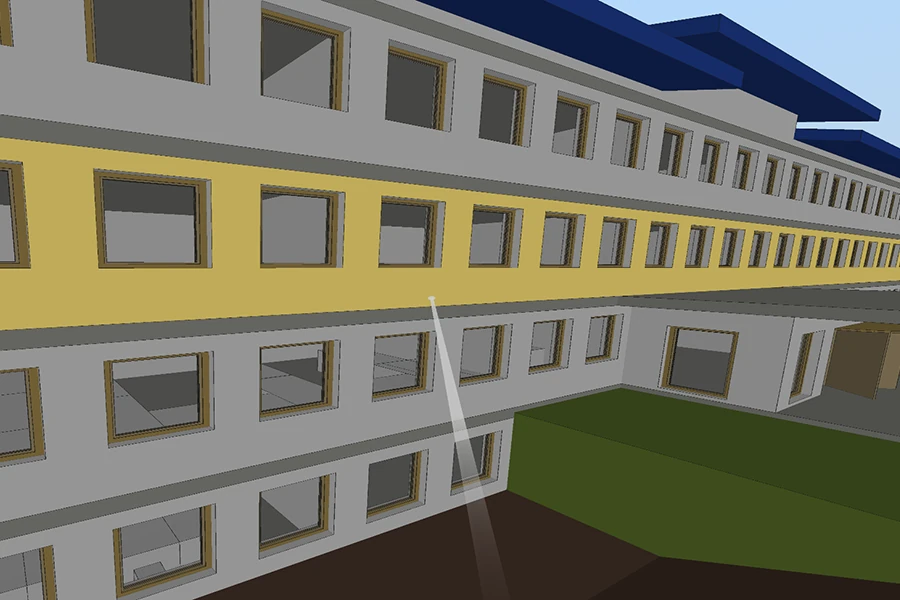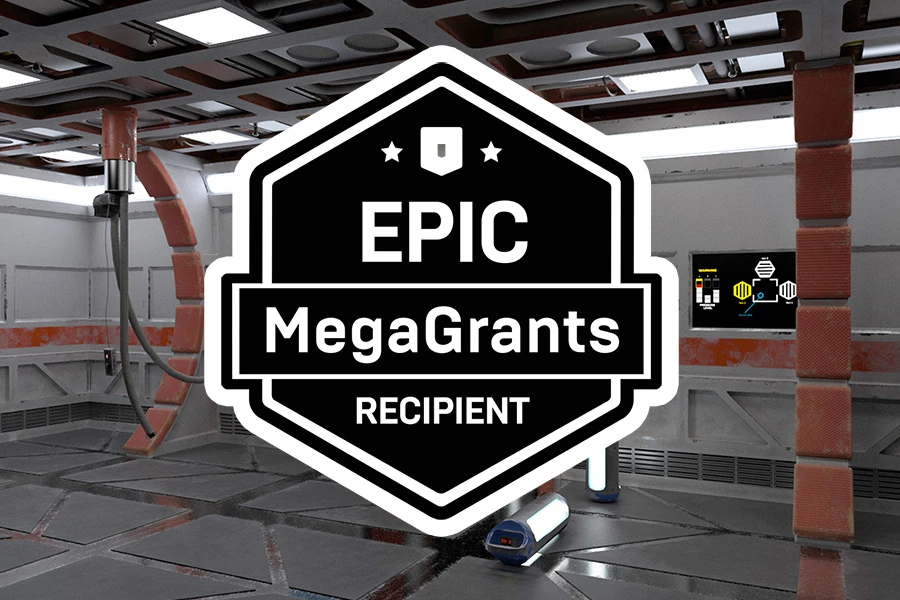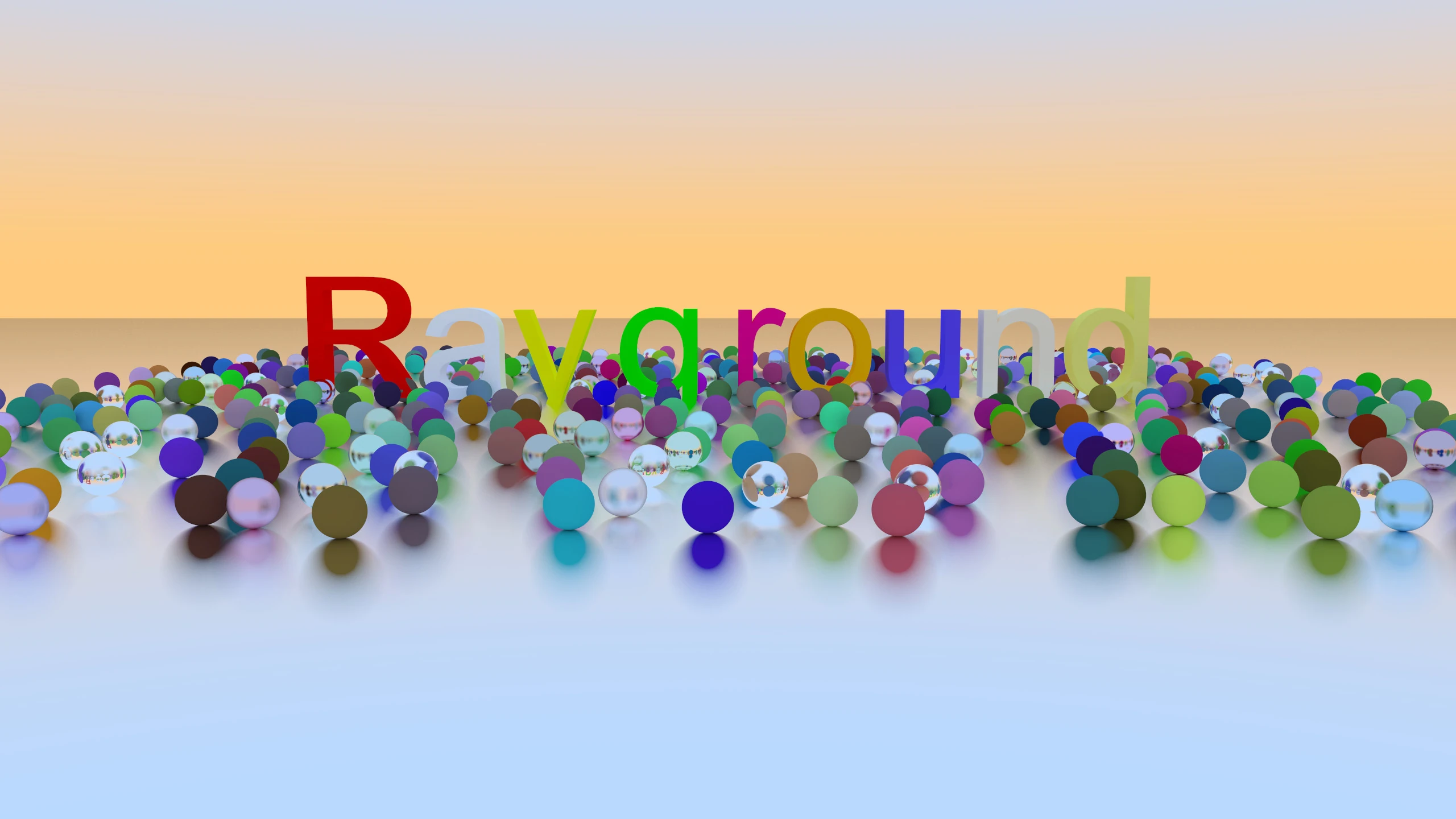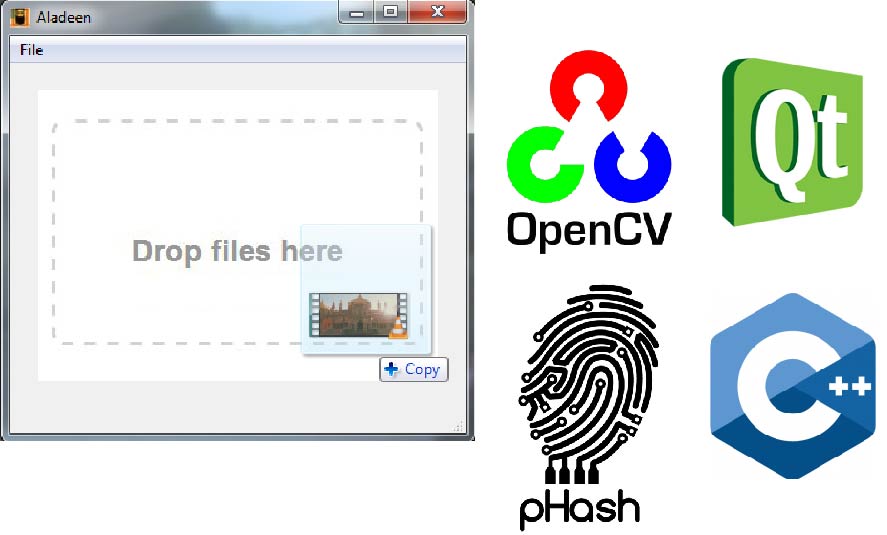LOTUS (2022 - 2024)
Light OptimizaTion for Urban Spaces project on Opening Design and Urban Lighting Design. The research project was supported by the Hellenic Foundation for Research and Innovation (H.F.R.I.) under the “3rd Call for H.F.R.I. Research Projects to support Post-Doctoral Researchers” (Project Number: 7310)
Position: Principal Investigator / PostDoc Researcher / Senior Developer
Technologies: Unreal Engine, PyTorch

